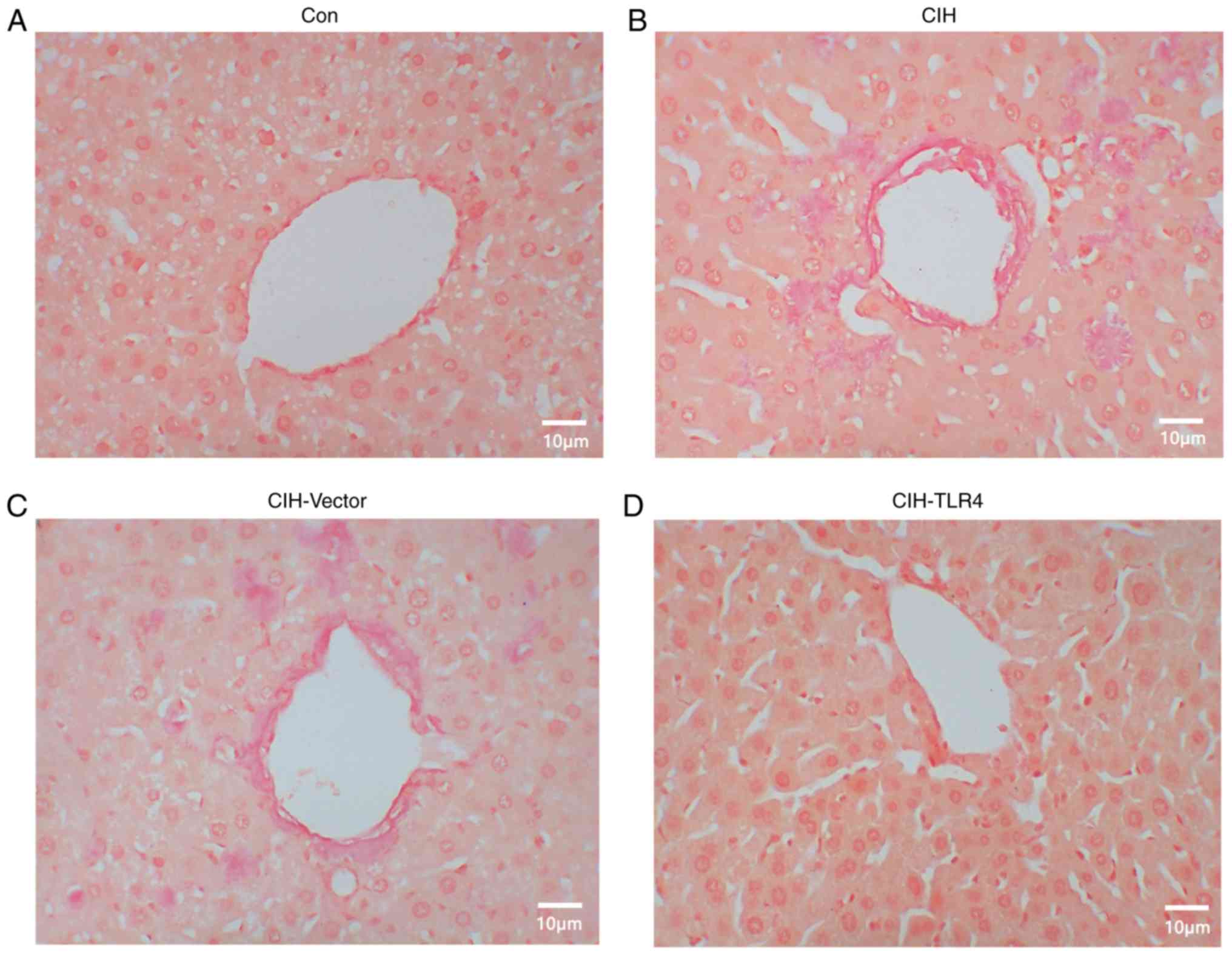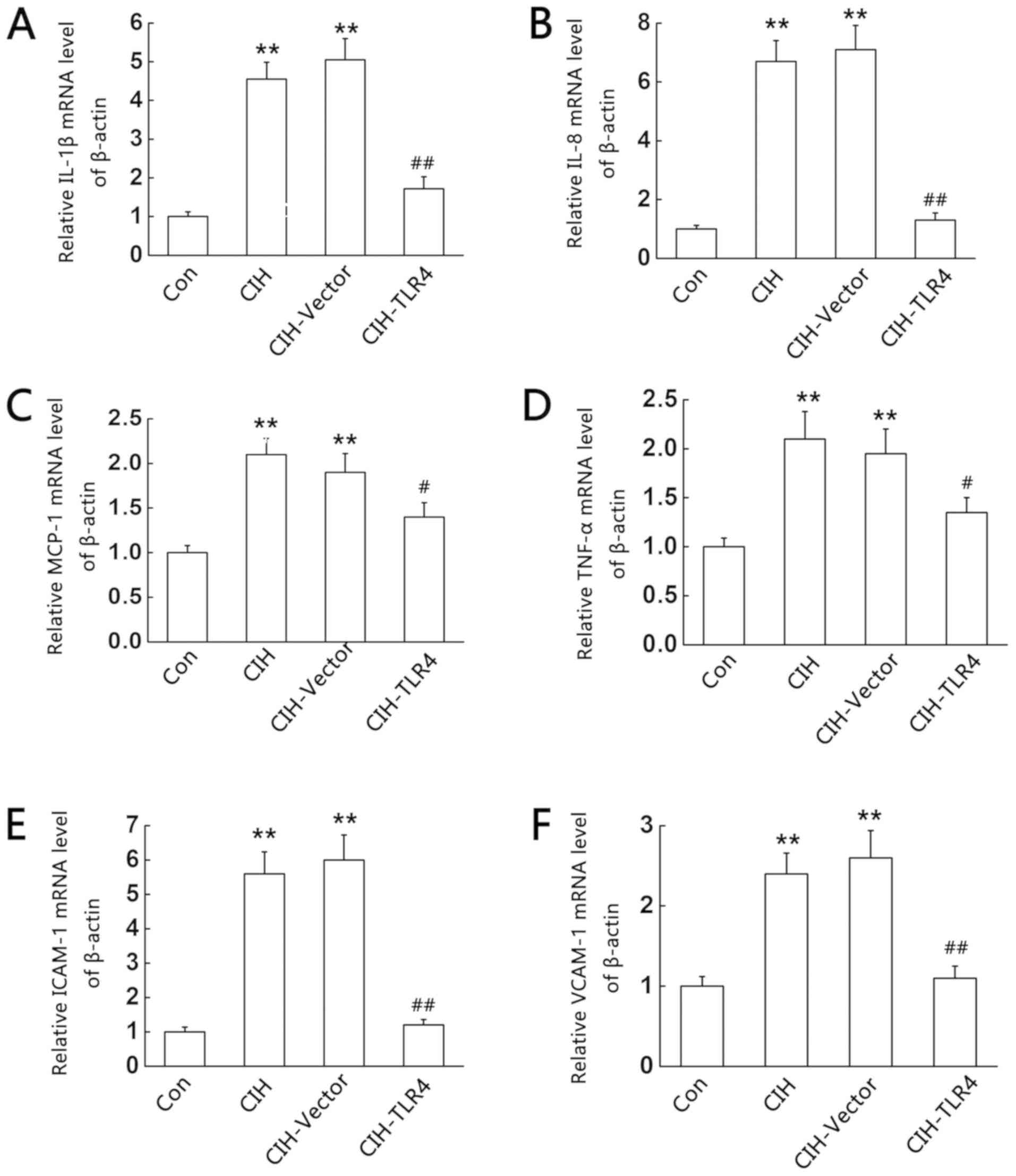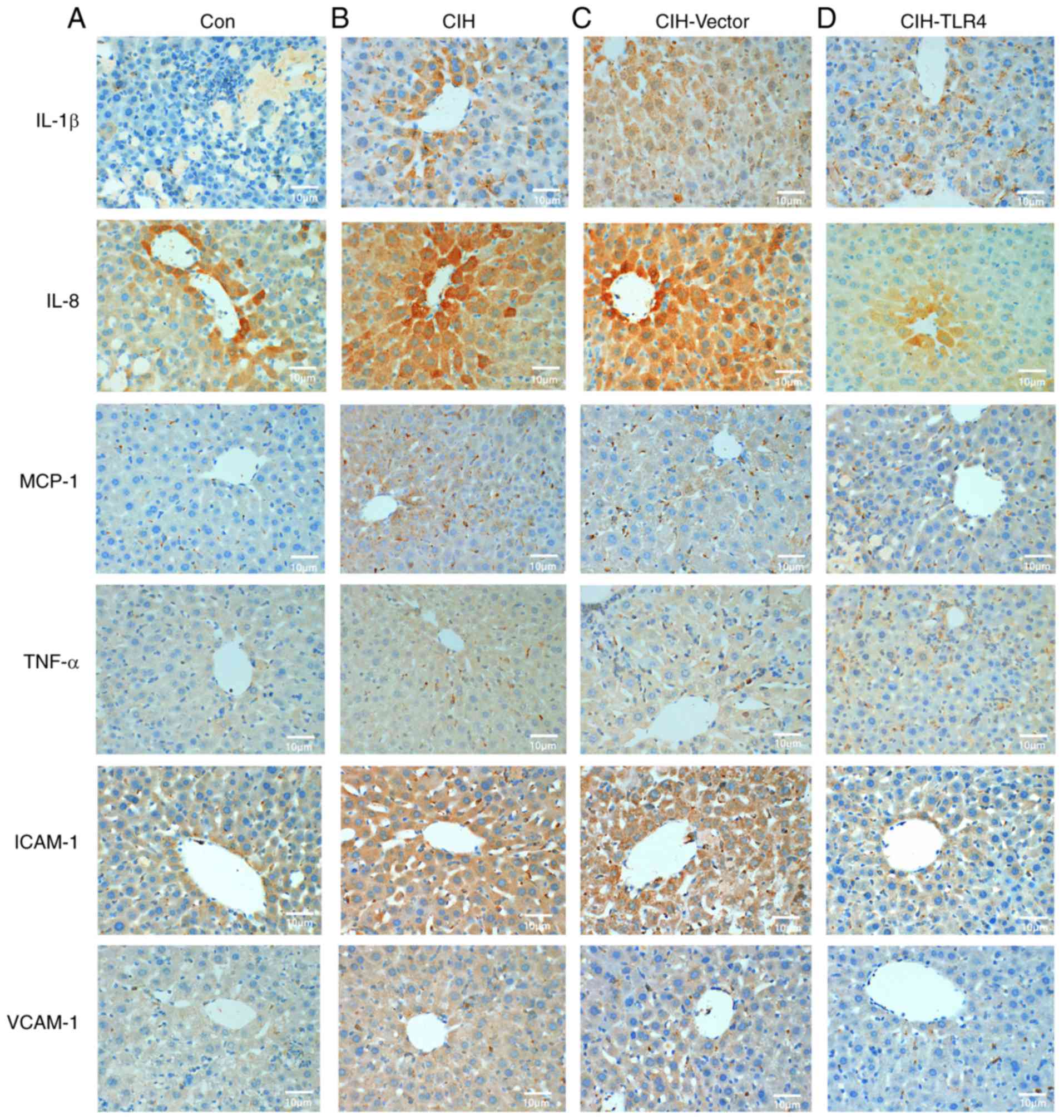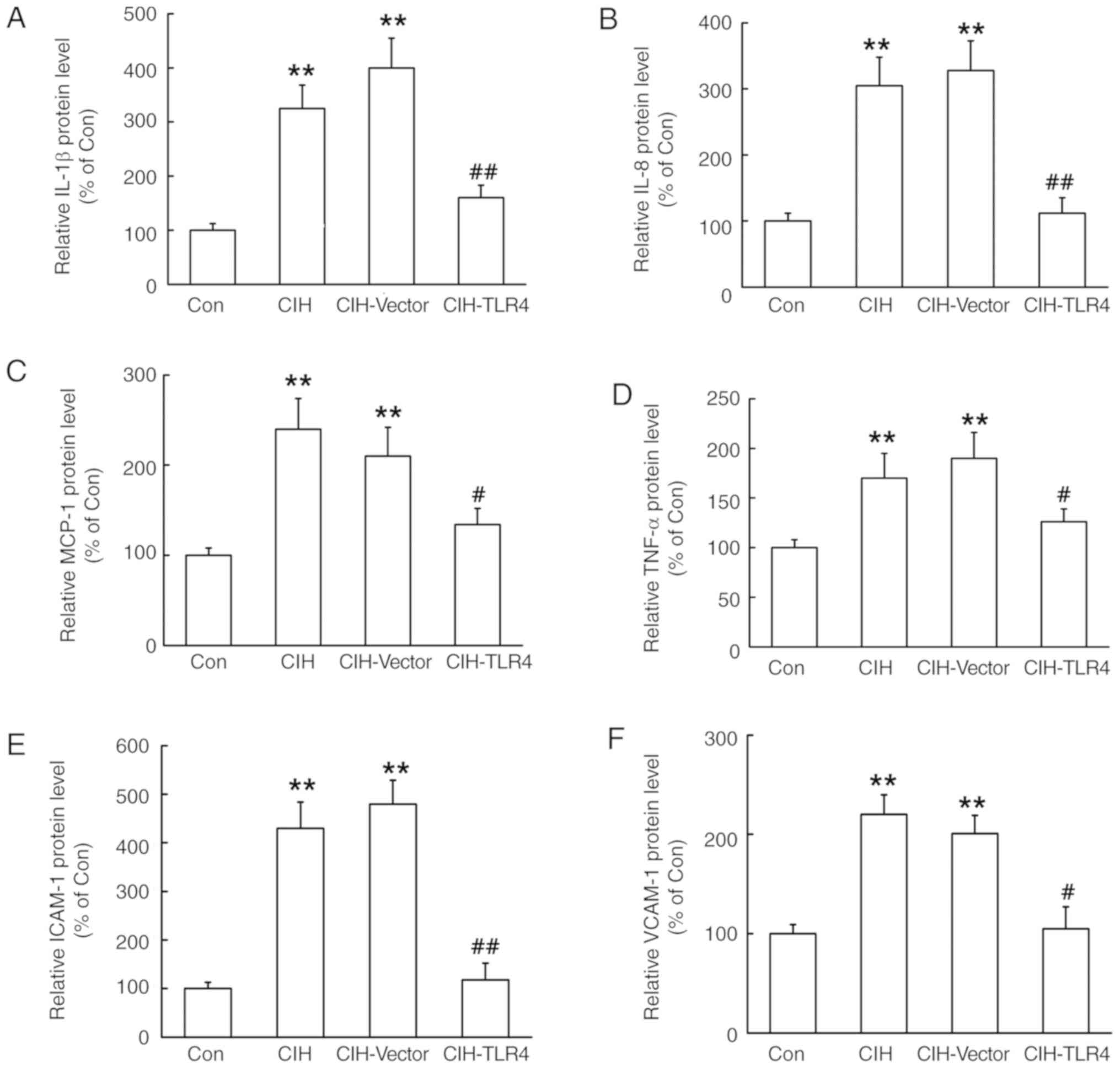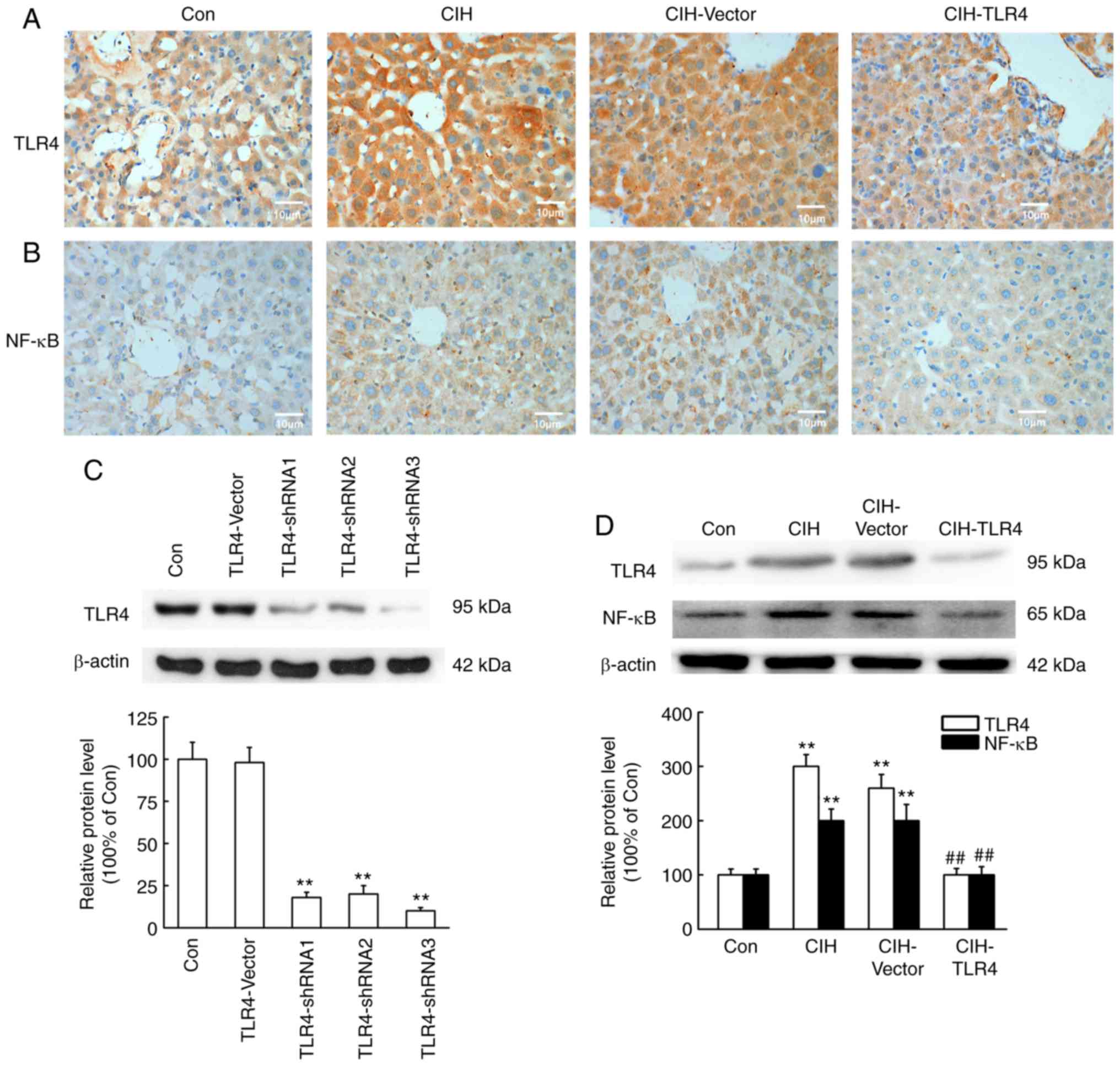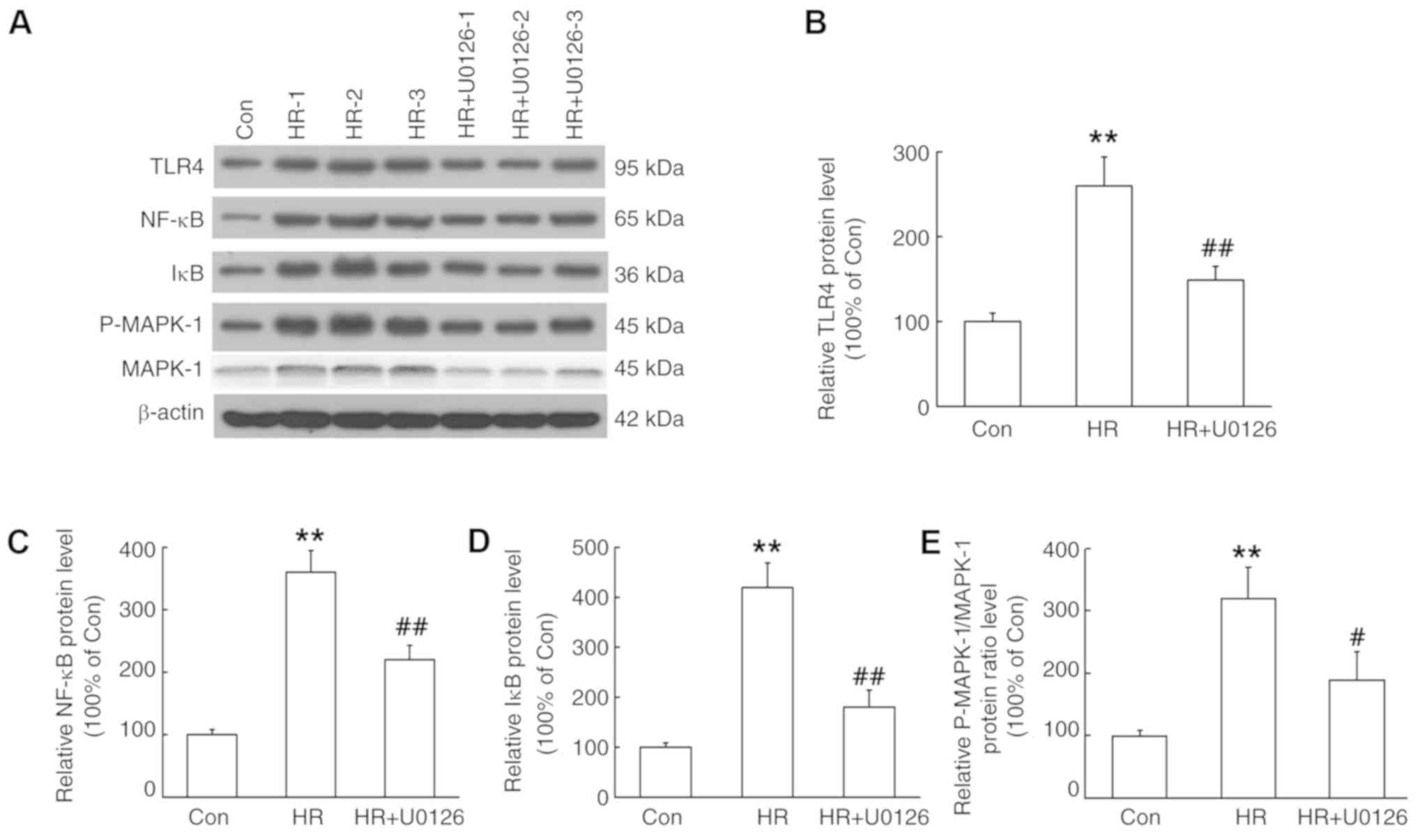|
1
|
Philip P, Bioulac S, Altena E, Morin CM,
Ghorayeb I, Coste O, Monteyrol PJ and Micoulaud-Franchi JA:
Specific insomnia symptoms and self-efficacy explain CPAP
compliance in a sample of OSAS patients. PLoS One. 13:e01953432018.
View Article : Google Scholar : PubMed/NCBI
|
|
2
|
Paschetta E, Belci P, Alisi A, Liccardo D,
Cutrera R, Musso G and Nobili V: OSAS-related inflammatory
mechanisms of liver injury in nonalcoholic fatty liver disease.
Mediators Inflamm. 2015:8157212015. View Article : Google Scholar : PubMed/NCBI
|
|
3
|
Arnold J, Sunilkumar M, Krishna V,
Yoganand SP, Kumar MS and Shanmugapriyan D: Obstructive sleep
apnea. J Pharm Bioallied Sci. 9 (Suppl 1):S26–S28. 2017. View Article : Google Scholar : PubMed/NCBI
|
|
4
|
O'Halloran KD, Lewis P and McDonald F:
Sex, stress and sleep apnoea: Decreased susceptibility to upper
airway muscle dysfunction following intermittent hypoxia in
females. Respir Physiol Neurobiol. 245:76–82. 2017. View Article : Google Scholar : PubMed/NCBI
|
|
5
|
Kang NY, Ivanovska J, Tamir-Hostovsky L,
Belik J and Gauda EB: Chronic intermittent hypoxia in premature
infants: The link between low fat stores, adiponectin receptor
signaling and lung injury. Adv Exp Med Biol. 1071:151–157. 2018.
View Article : Google Scholar : PubMed/NCBI
|
|
6
|
Chen Q, Lin G, Huang J, Chen G, Huang X
and Lin Q: Expression profile of long non-coding RNAs in rat models
of OSA-induced cardiovascular disease: New insight into
pathogenesis. Sleep Breath. 23:795–804. 2019. View Article : Google Scholar : PubMed/NCBI
|
|
7
|
Coelho NR, Dias CG, João Correia M, Grácio
P, Serpa J, Monteiro EC, Diogo LN and Pereira SA: Cysteine
oxidative dynamics underlies hypertension and kidney dysfunction
induced by chronic intermittent hypoxia. Adv Exp Med Biol.
1071:83–88. 2018. View Article : Google Scholar : PubMed/NCBI
|
|
8
|
Aron-Wisnewsky J, Clement K and Pépin JL:
Nonalcoholic fatty liver disease and obstructive sleep apnea.
Metabolism. 65:1124–1135. 2016. View Article : Google Scholar : PubMed/NCBI
|
|
9
|
Sozer V, Kutnu M, Atahan E, Caliskaner
Ozturk B, Hysi E, Cabuk C, Musellim B, Simsek G and Uzun H: Changes
in inflammatory mediators as a result of intermittent hypoxia in
obstructive sleep apnea syndrome. Clin Respir J. 12:1615–1622.
2018. View Article : Google Scholar : PubMed/NCBI
|
|
10
|
Wu CX, Liu Y and Zhang JC: Chronic
intermittent hypoxia and hypertension: A review of systemic
inflammation and Chinese medicine. Chin J Integr Med. 19:394–400.
2013. View Article : Google Scholar : PubMed/NCBI
|
|
11
|
Ryan S and McNicholas WT: Inflammatory
cardiovascular risk markers in obstructive sleep apnoea syndrome.
Cardiovasc Hematol Agents Med Chem. 7:76–81. 2009. View Article : Google Scholar : PubMed/NCBI
|
|
12
|
Drager LF, Tavoni TM, Silva VM, Santos RD,
Pedrosa RP, Bortolotto LA, Vinagre CG, Polotsky VY, Lorenzi-Filho G
and Maranhao RC: Obstructive sleep apnea and effects of continuous
positive airway pressure on triglyceride-rich lipoprotein
metabolism. J Lipid Res. 59:1027–1033. 2018. View Article : Google Scholar : PubMed/NCBI
|
|
13
|
Ropert C: How toll-like receptors reveal
monocyte plasticity: The cutting edge of antiinflammatory therapy.
Cell Mol Life Sci. 76:745–755. 2019. View Article : Google Scholar : PubMed/NCBI
|
|
14
|
Mohan S and Gupta D: Crosstalk of
toll-like receptors signaling and Nrf2 pathway for regulation of
inflammation. Biomed Pharmacother. 108:1866–1878. 2018. View Article : Google Scholar : PubMed/NCBI
|
|
15
|
Chowdhury P, Sacks SH and Sheerin NS:
Toll-like receptors TLR2 and TLR4 initiate the innate immune
response of the renal tubular epithelium to bacterial products.
Clin Exp Immunol. 145:346–356. 2006. View Article : Google Scholar : PubMed/NCBI
|
|
16
|
González-Guerrero C, Cannata-Ortiz P,
Guerri C, Egido J, Ortiz A and Ramos AM: TLR4-mediated inflammation
is a key pathogenic event leading to kidney damage and fibrosis in
cyclosporine nephrotoxicity. Arch Toxicol. 91:1925–1939. 2017.
View Article : Google Scholar : PubMed/NCBI
|
|
17
|
Mukherjee S, Karmakar S and Babu SP: TLR2
and TLR4 mediated host immune responses in major infectious
diseases: A review. Braz J Infect Dis. 20:193–204. 2016. View Article : Google Scholar : PubMed/NCBI
|
|
18
|
Zhou M, Xu W, Wang J, Yan J, Shi Y, Zhang
C, Ge W, Wu J, Du P and Chen Y: Boosting mTOR-dependent autophagy
via upstream TLR4-MyD88-MAPK signalling and downstream NF-κB
pathway quenches intestinal inflammation and oxidative stress
injury. EBioMedicine. 35:345–360. 2018. View Article : Google Scholar : PubMed/NCBI
|
|
19
|
Hu H and Li H: Prunetin inhibits
lipopolysaccharide-induced inflammatory cytokine production and
MUC5AC expression by inactivating the TLR4/MyD88 pathway in human
nasal epithelial cells. Biomed Pharmacother. 106:1469–1477. 2018.
View Article : Google Scholar : PubMed/NCBI
|
|
20
|
Yuan X, Deng Y, Guo X, Shang J, Zhu D and
Liu H: Atorvastatin attenuates myocardial remodeling induced by
chronic intermittent hypoxia in rats: Partly involvement of
TLR-4/MYD88 pathway. Biochem Biophys Res Commun. 446:292–297. 2014.
View Article : Google Scholar : PubMed/NCBI
|
|
21
|
Deng Y, Yuan X, Guo XL, Zhu D, Pan YY and
Liu HG: Efficacy of atorvastatin on hippocampal neuronal damage
caused by chronic intermittent hypoxia: Involving TLR4 and its
downstream signaling pathway. Respir Physiol Neurobiol. 218:57–63.
2015. View Article : Google Scholar : PubMed/NCBI
|
|
22
|
Viciani E, Montagnani F, Tavarini S,
Tordini G, Maccari S, Morandi M, Faenzi E, Biagini C, Romano A,
Salerni L, et al: Paediatric obstructive sleep apnoea syndrome
(OSAS) is associated with tonsil colonisation by Streptococcus
pyogenes. Sci Rep. 6:206092016. View Article : Google Scholar : PubMed/NCBI
|
|
23
|
Dong Z, Shang H, Chen YQ, Pan LL, Bhatia M
and Sun J: Sulforaphane protects pancreatic acinar cell injury by
modulating Nrf2-Mediated oxidative stress and NLRP3 inflammatory
pathway. Oxid Med Cell Longev. 2016:78641502016. View Article : Google Scholar : PubMed/NCBI
|
|
24
|
Livak KJ and Schmittgen TD: Analysis of
relative gene expression data using real-time quantitative PCR and
the 2(-Delta Delta C(T)) method. Methods. 25:402–408. 2001.
View Article : Google Scholar : PubMed/NCBI
|
|
25
|
Zeng X, Guo R, Dong M, Zheng J, Lin H and
Lu H: Contribution of TLR4 signaling in intermittent
hypoxia-mediated atherosclerosis progression. J Transl Med.
16:1062018. View Article : Google Scholar : PubMed/NCBI
|
|
26
|
Ryan S, Taylor CT and McNicholas WT:
Selective activation of inflammatory pathways by intermittent
hypoxia in obstructive sleep apnea syndrome. Circulation.
112:2660–2667. 2005. View Article : Google Scholar : PubMed/NCBI
|
|
27
|
Ye J, Liu H, Li Y, Liu X and Zhu JM:
Increased serum levels of C-reactive protein and matrix
metalloproteinase-9 in obstructive sleep apnea syndrome. Chin Med J
(Engl). 120:1482–1486. 2007. View Article : Google Scholar : PubMed/NCBI
|
|
28
|
Savransky V, Bevans S, Nanayakkara A, Li
J, Smith PL, Torbenson MS and Polotsky VY: Chronic intermittent
hypoxia causes hepatitis in a mouse model of diet-induced fatty
liver. Am J Physiol Gastrointest Liver Physiol. 293:G871–G877.
2007. View Article : Google Scholar : PubMed/NCBI
|
|
29
|
de Lima FF, Mazzotti DR, Tufik S and
Bittencourt L: The role inflammatory response genes in obstructive
sleep apnea syndrome: A review. Sleep Breath. 20:331–338. 2016.
View Article : Google Scholar : PubMed/NCBI
|
|
30
|
Tamaki S, Yamauchi M, Fukuoka A, Makinodan
K, Koyama N, Tomoda K, Yoshikawa M and Kimura H: Production of
inflammatory mediators by monocytes in patients with obstructive
sleep apnea syndrome. Intern Med. 48:1255–1262. 2009. View Article : Google Scholar : PubMed/NCBI
|
|
31
|
Wang H, Wang Y, Xia T, Liu Y, Liu T, Shi X
and Li Y: Pathogenesis of abnormal hepatic lipid metabolism induced
by chronic intermittent hypoxia in rats and the therapeutic effect
of N-acetylcysteine. Med Sci Monit. 24:4583–4591. 2018. View Article : Google Scholar : PubMed/NCBI
|
|
32
|
Song D, Fang G, Mao SZ, Ye X, Liu G, Gong
Y and Liu SF: Chronic intermittent hypoxia induces atherosclerosis
by NF-κB-dependent mechanisms. Biochim Biophys Acta.
1822:1650–1659. 2012. View Article : Google Scholar : PubMed/NCBI
|
|
33
|
Morgan BJ, Bates ML, Rio RD, Wang Z and
Dopp JM: Oxidative stress augments chemoreflex sensitivity in rats
exposed to chronic intermittent hypoxia. Respir Physiol Neurobiol.
234:47–59. 2016. View Article : Google Scholar : PubMed/NCBI
|
|
34
|
Lüneburg N, Siques P, Brito J, Arriaza K,
Pena E, Klose H, Leon-Velarde F and Böger RH: Long-Term chronic
intermittent hypobaric hypoxia in rats causes an imbalance in the
asymmetric dimethylarginine/nitric oxide pathway and ROS activity:
A possible synergistic mechanism for altitude pulmonary
hypertension? Pulm Med. 2016:65785782016. View Article : Google Scholar : PubMed/NCBI
|
|
35
|
Al-Anazi A, Parhar R, Saleh S, Al-Hijailan
R, Inglis A, Al-Jufan M, Bazzi M, Hashmi S, Conca W, Collison K and
Al-Mohanna F: Intracellular calcium and NF-κB regulate
hypoxia-induced leptin, VEGF, IL-6 and adiponectin secretion in
human adipocytes. Life Sci. 212:275–284. 2018. View Article : Google Scholar : PubMed/NCBI
|
|
36
|
Yang X, Chen GT, Wang YQ, Xian S, Zhang L,
Zhu SM, Pan F and Cheng YX: TLR4 promotes the expression of HIF-1α
by triggering reactive oxygen species in cervical cancer cells in
vitro-implications for therapeutic intervention. Mol Med Rep.
17:2229–2238. 2018.PubMed/NCBI
|
|
37
|
Masoud GN and Li W: HIF-1α pathway: Role,
regulation and intervention for cancer therapy. Acta Pharm Sin B.
5:378–389. 2015. View Article : Google Scholar : PubMed/NCBI
|
|
38
|
Ullah K, Rosendahl AH, Izzi V, Bergmann U,
Pihlajaniemi T, Mäki JM and Myllyharju J: Hypoxia-inducible factor
prolyl-4-hydroxylase-1 is a convergent point in the reciprocal
negative regulation of NF-κB and p53 signaling pathways. Sci Rep.
7:172202017. View Article : Google Scholar : PubMed/NCBI
|
|
39
|
Fu D, He C, Wei J, Zhang Z, Luo Y, Tan H
and Ren C: PGK1 is a potential survival biomarker and invasion
promoter by regulating the HIF-1α-mediated epithelial-mesenchymal
transition process in breast cancer. Cell Physiol Biochem.
51:2434–2444. 2018. View Article : Google Scholar : PubMed/NCBI
|
|
40
|
Shirasuna K, Shimamura N, Seno K, Ohtsu A,
Shiratsuki S, Ohkuchi A, Suzuki H, Matsubara S, Nagayama S, Iwata H
and Kuwayama T: Moderate hypoxia down-regulates interleukin-6
secretion and TLR4 expression in human Sw.71 placental cells. Cell
Physiol Biochem. 36:2149–2160. 2015. View Article : Google Scholar : PubMed/NCBI
|
|
41
|
Menon D, Coll R, O'Neill LA and Board PG:
GSTO1-1 modulates metabolism in macrophages activated through the
LPS and TLR4 pathway. J Cell Sci. 128:1982–1990. 2015. View Article : Google Scholar : PubMed/NCBI
|
|
42
|
Siegert I, Schodel J, Nairz M, Schatz V,
Dettmer K, Dick C, Kalucka J, Franke K, Ehrenschwender M, Schley G,
et al: Ferritin-mediated iron sequestration stabilizes
hypoxia-inducible factor-1α upon LPS activation in the presence of
ample oxygen. Cell Rep. 13:2048–2055. 2015. View Article : Google Scholar : PubMed/NCBI
|
|
43
|
Funami K, Matsumoto M, Oshiumi H, Inagaki
F and Seya T: Functional interfaces between TICAM-2/TRAM and
TICAM-1/TRIF in TLR4 signaling. Biochem Soc Trans. 45:929–935.
2017. View Article : Google Scholar : PubMed/NCBI
|
|
44
|
Zhang X, Du Q, Yang Y, Wang J, Dou S, Liu
C and Duan J: The protective effect of luteolin on myocardial
ischemia/reperfusion (I/R) injury through TLR4/NF-κB/NLRP3
inflammasome pathway. Biomed Pharmacother. 91:1042–1052. 2017.
View Article : Google Scholar : PubMed/NCBI
|
|
45
|
Shimamoto A, Chong AJ, Yada M, Shomura S,
Takayama H, Fleisig AJ, Agnew ML, Hampton CR, Rothnie CL, Spring
DJ, et al: Inhibition of Toll-like receptor 4 with eritoran
attenuates myocardial ischemia-reperfusion injury. Circulation. 114
(1 Suppl):I270–I274. 2006. View Article : Google Scholar : PubMed/NCBI
|
|
46
|
Takahashi T, Asano Y, Ichimura Y, Toyama
T, Taniguchi T, Noda S, Akamata K, Tada Y, Sugaya M, Kadono T and
Sato S: Amelioration of tissue fibrosis by toll-like receptor 4
knockout in murine models of systemic sclerosis. Arthritis
Rheumatol. 67:254–265. 2015. View Article : Google Scholar : PubMed/NCBI
|















